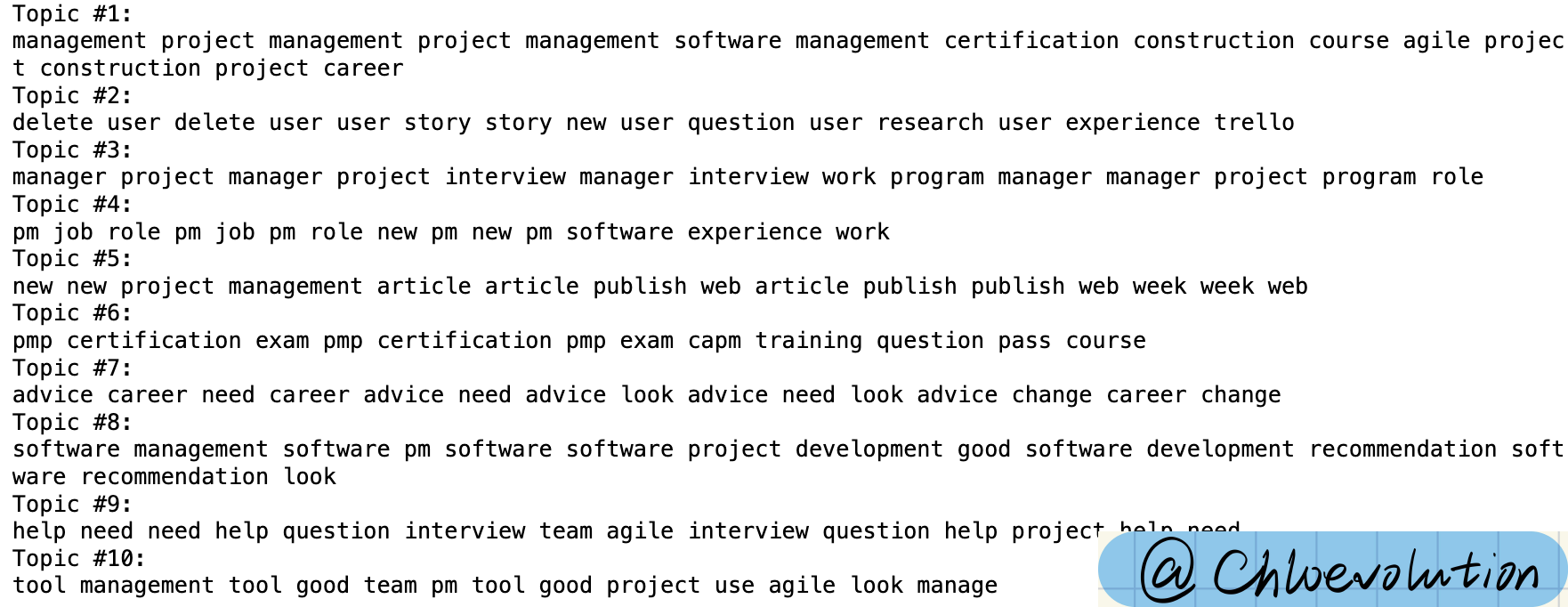How to Read a ZST File via Python
🚀 ZST File Quick Viewer
No code needed! Simply upload your ZST file to view its content instantly!
What is a ZST file?
If you’ve ever stumbled upon a file with the .zst extension and wondered what kind of sorcery it is—don’t worry, you’re not alone.
A ZST file is a compressed file format created using Zstandard (often shortened to zstd), a modern compression algorithm developed by Facebook. Think of it as the younger, faster cousin of more familiar formats like .zip or .gz. What makes .zst files special is their impressive balance between speed and compression ratio—they compress data quickly and decompress even faster, which is great for performance-critical applications.
Zstandard is also highly tunable. You can dial up the compression level if you’re chasing a smaller file size, or ease it back if speed is more important. That flexibility has made it popular in everything from system package distributions (like Arch Linux or Fedora) to game asset compression.
Prerequisites
To run this code, you need the pandas, zstandard (zstd), and json libraries. If not already installed, you can install pandas and zstandard using pip:
| |
json is part of Python’s standard library, so no additional installation is needed for it.
Note: The above below assumes the data inside the .zst file is the newline-delimited JSON (NDJSON) format. If your data is in another format (e.g., CSV, TSV), you should use the appropriate pandas function (like pd.read_csv()).
Function Definition
Design a Python function named decompress_zst_to_csv to decompress a .zst (Zstandard compressed) file containing JSON objects, convert these objects into a pandas DataFrame, and then export this DataFrame to a CSV file. Let’s break down how each part of the function works:
| |
This line defines a function decompress_zst_to_csv that takes two parameters: zst_file_path (the path to the .zst file you want to decompress) and output_csv_path (the path where you want to save the resulting CSV file).
Create a Zstandard Decompressor
| |
Here, a ZstdDecompressor object from the zstd module is instantiated. This object is used to decompress data compressed with Zstandard (.zst) compression.
Initialize Data List
| |
An empty list, data_list, is initialized to store the decompressed JSON objects.
Open and Decompress the .zst File
| |
This block opens the .zst file in binary reading mode ('rb'). It then uses the ZstdDecompressor’s stream_reader method to decompress the file content on-the-fly. The decompressed data stream is wrapped in a TextIOWrapper to facilitate reading the stream line by line as text (with UTF-8 encoding). Each line is expected to be a JSON object, which is parsed into a Python dictionary using json.loads and appended to data_list.
Convert to DataFrame and Export to CSV
| |
After all JSON objects have been read and stored in data_list, this list of dictionaries is converted into a pandas DataFrame. Finally, the DataFrame is exported to a CSV file specified by output_csv_path, with index=False to prevent pandas from writing row indices into the CSV file.
Usage Example
| |
This line demonstrates how to call the decompress_zst_to_csv function, specifying paths to the input .zst file and the desired output CSV file.
Text Data Processing and Analysis
The code below is used to extracting and analyzing topics from a collection of text data (Reddit submission titles, in this case) using Python libraries such as pandas, scikit-learn for NMF (Non-negative Matrix Factorization) topic modeling, and spaCy for text preprocessing
Importing Libraries
| |
This part imports the necessary Python libraries. pandas is used for data manipulation, TfidfVectorizer from sklearn.feature_extraction.text for transforming text into a matrix of TF-IDF features, NMF from sklearn.decomposition for topic modeling, and spacy for advanced text preprocessing.
spaCy Language Model Loading
| |
Here, the English language model (en_core_web_sm) is loaded into nlp. This model will be used for tokenizing, lemmatizing, and removing stopwords from the text data.
Text Preprocessing Function
| |
The function preprocess_title takes a text string (title), processes it with the nlp object to tokenize and lemmatize it, and removes stopwords and punctuation. It then joins the processed tokens back into a single string. Lemmatization converts words to their base or dictionary form, which is helpful for standardizing variations of the same word.
Loading and Preprocessing the Dataset
| |
This block loads a dataset from a CSV file into a pandas DataFrame df. It assumes there’s a column named 'title' containing the text to be analyzed. Each title is then preprocessed using the preprocess_title function defined earlier.
TF-IDF Vectorization
| |
The TfidfVectorizer is configured and applied to transform the preprocessed titles into a matrix of TF-IDF features. Parameters such as max_df, min_df, and ngram_range are set to filter out too common or rare terms and include bi-grams for richer feature representation.
Topic Modeling with NMF
| |
Non-negative Matrix Factorization (NMF) is applied to the TF-IDF matrix to identify a specified number of topics (n_components=10). NMF decomposes the high-dimensional TF-IDF matrix into two lower-dimensional matrices, revealing patterns that can be interpreted as topics.
Displaying Topics
| |
For each topic discovered by NMF, the top terms associated with that topic are printed. This is done by sorting the components (topics) in descending order of importance and selecting the top terms to describe each topic.
But I think the analysis result is not good enough, maybe can try other models later:
